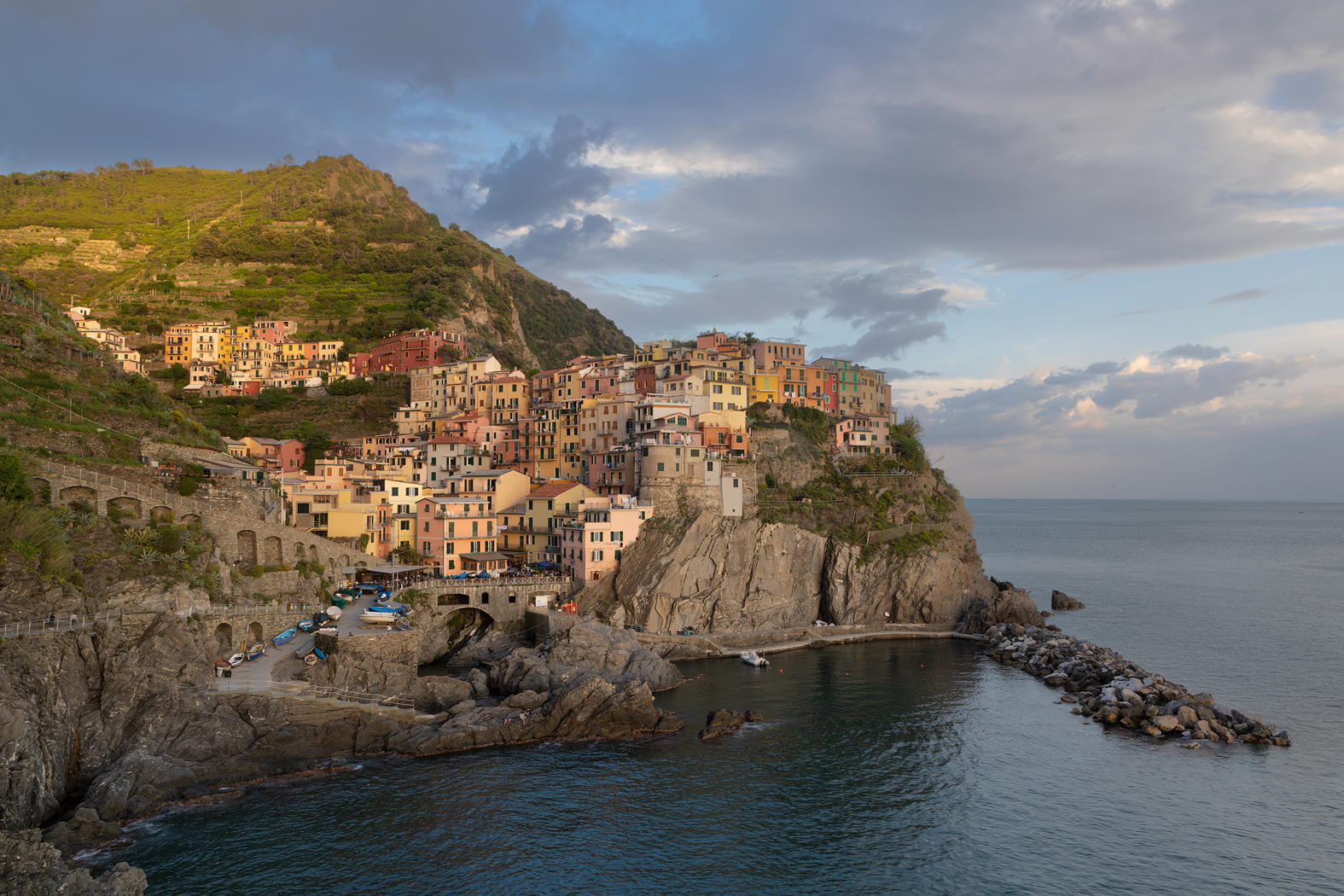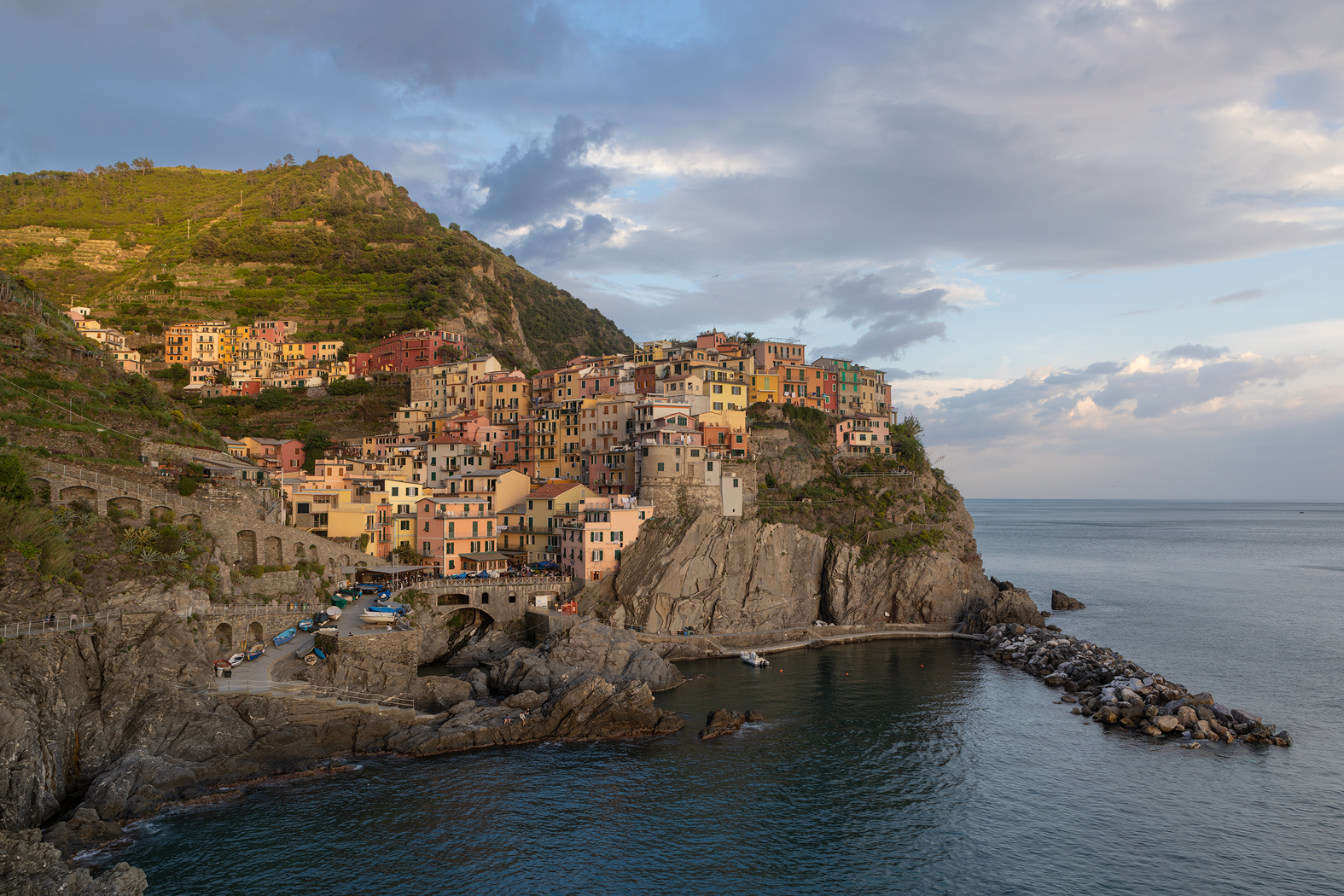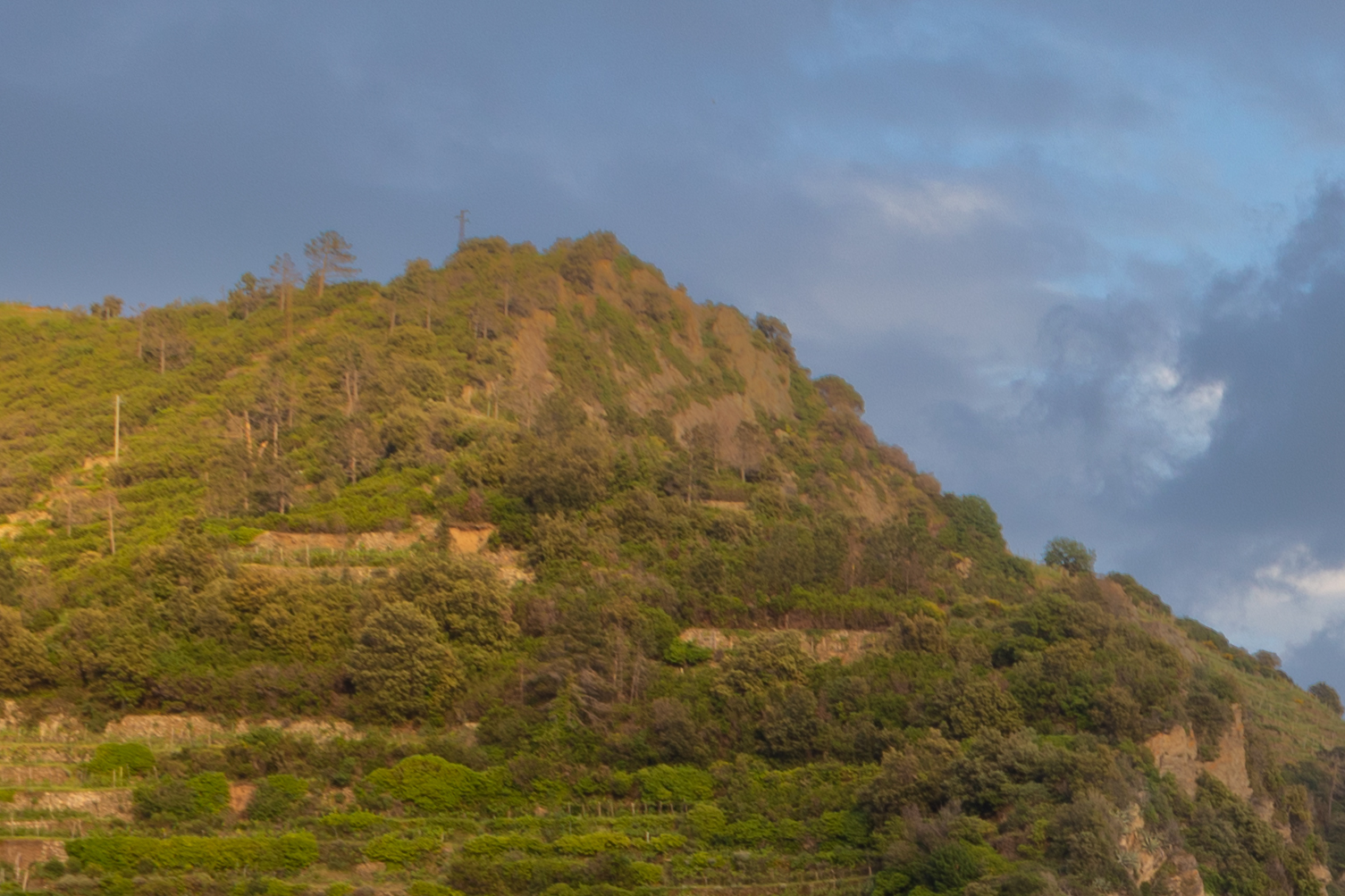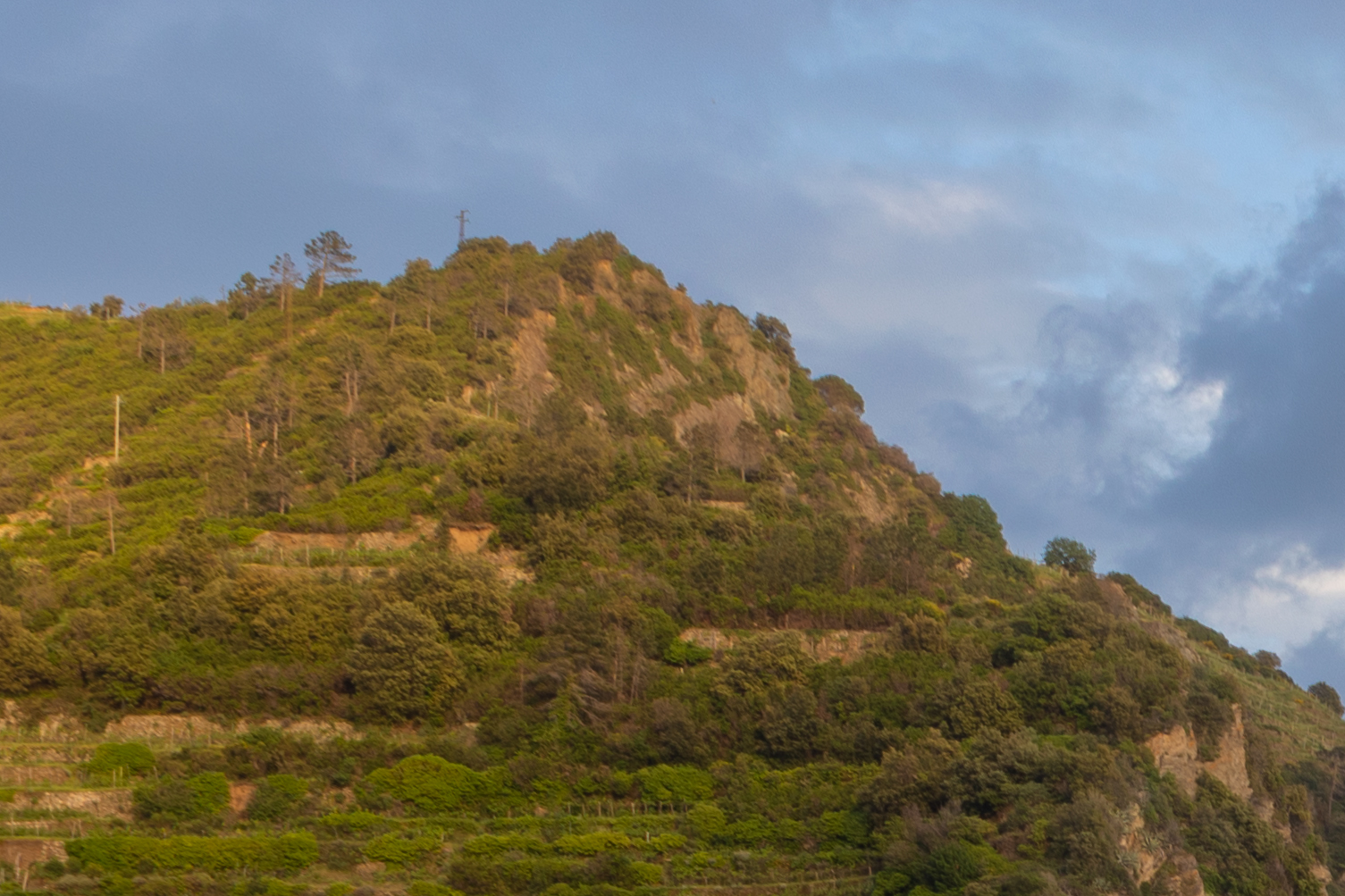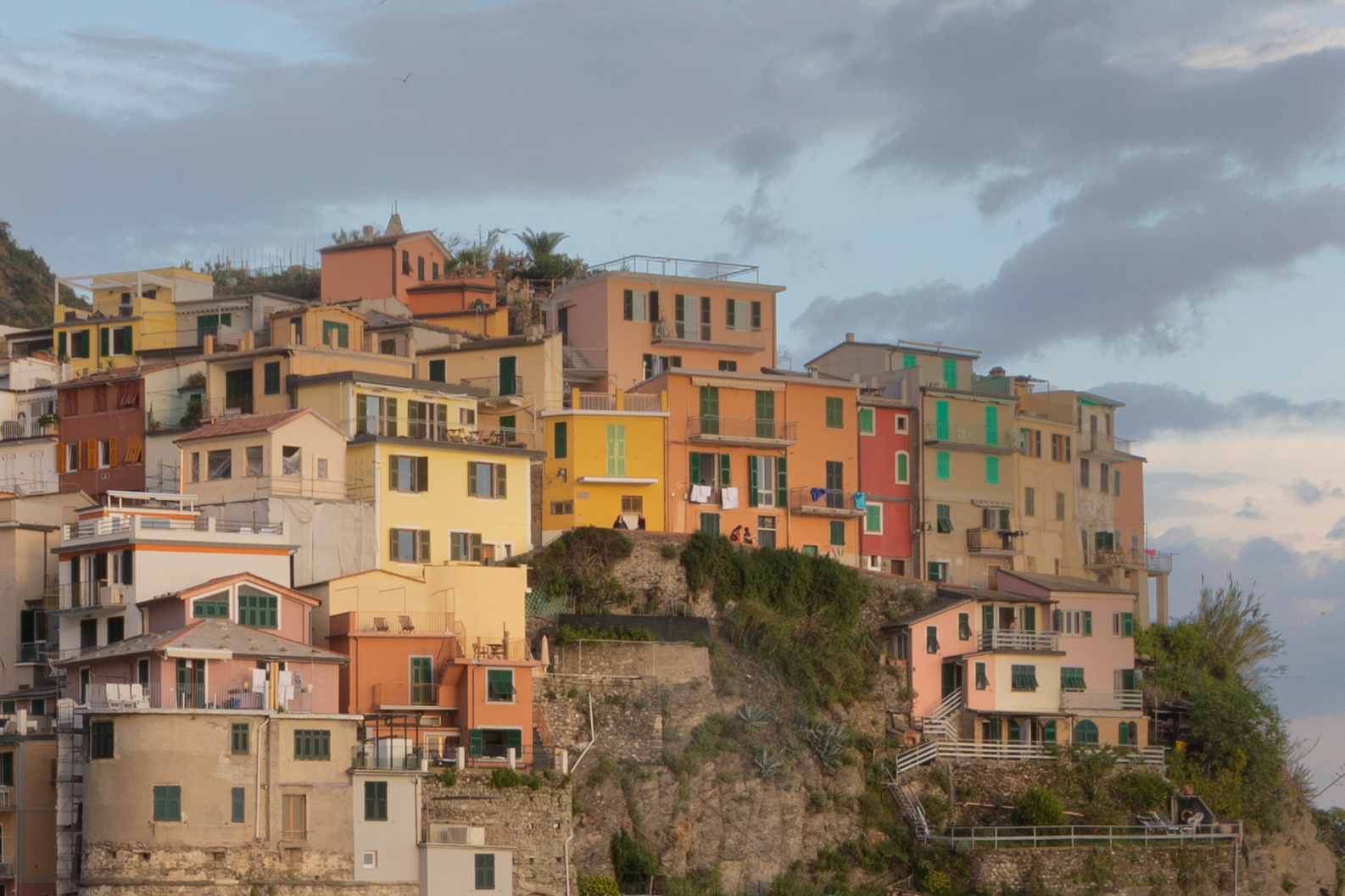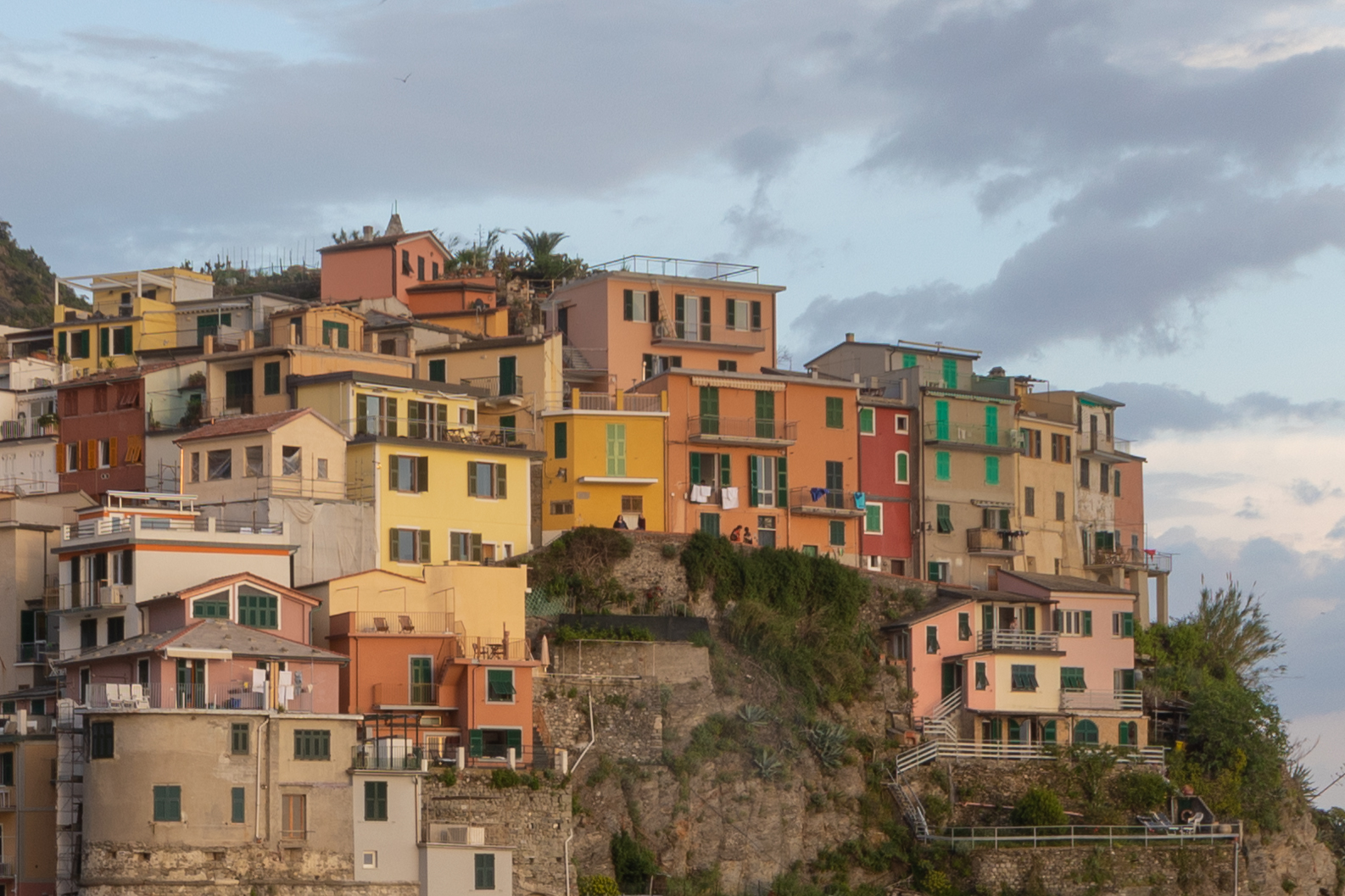Cities in super ultra-wide wallpapers
Even more super ultra-wide wallpapers for you today. This time the theme is cities, and to be exact, there are two from Prague, one from Paris and one from Dubai. Together with these 4, there are now 32 super ultra-wide wallpapers available for download.
Don’t forget to check out other available wallpapers:













